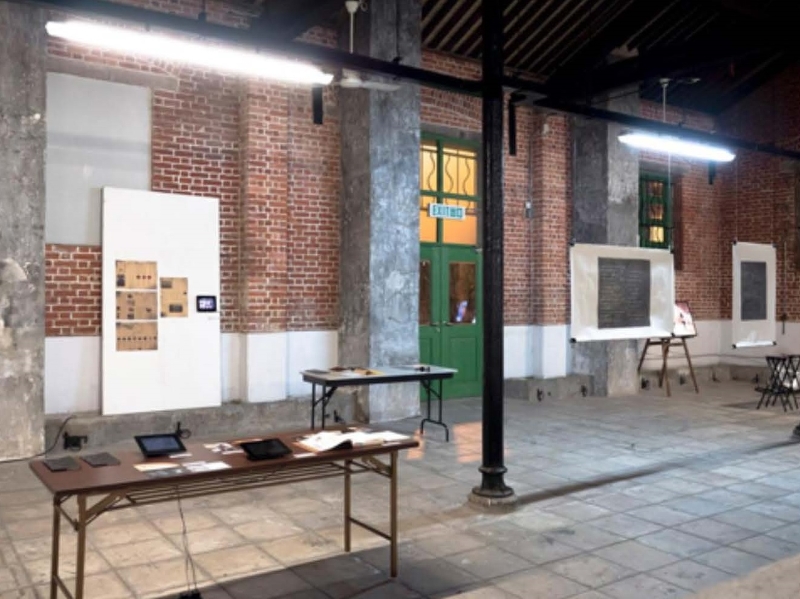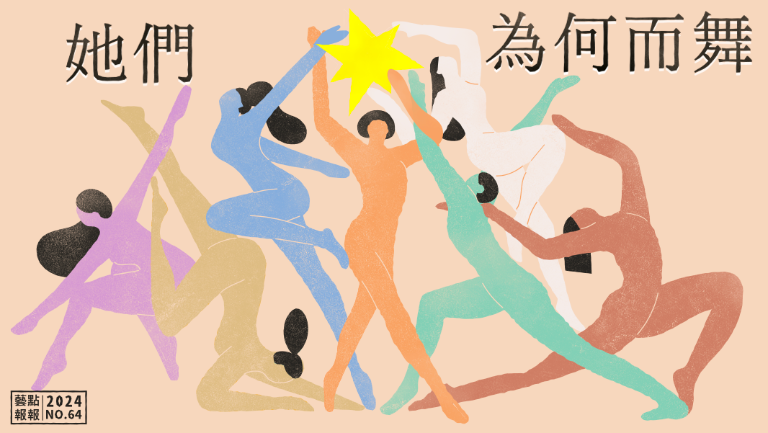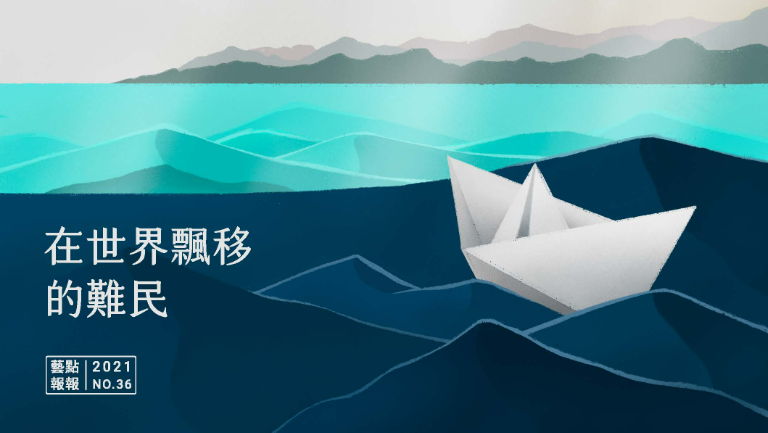"Myths are public dreams, dreams are private myths." ―Joseph Campbell, 1904-1987
A myth is both absurd and fanciful. It is a hero's journey hidden in the human heart. We keep bringing up ancient legends and telling children about an imaginary world, as if we are returning to the dreams of our ancestors.
How can contemporary myths be interpreted in a new way? For its World Myth Theater: Stupid is as Stupid Does, Sun Son Theatre selected three classical Chinese myths: "The Foolish Old Man Removes the Mountains", "Ching-Wei Trying to Fill Up the Sea", and "Kua-Fu Chasing the Sun". In "The Foolish Old Man Removes the Mountains", we examine the absurdity of today's media in the "trending" phenomenon; "Ching-Wei Trying to Fill Up the Sea" reveals how cruel life is under civil war: a girl who failed to escape into another country turns into a bird who fills the sea to create a safe road for her loved ones; "Kua-Fu Chasing the Sun" seeks light and warmth for others with a naive spirit.
La Cie MaxMind's Super Mythology Trilogy: Part II 'Penglai' Script Writing Project yielded a mythological musical by writer-director Yi-Hsiu Lee, who created Penglai and Dream of the World after after finishing Part I: the Drought Goddess. The story is based on the Classic of Mountains and Seas and uses Nanguan and Beiguan music to create the dreamlike atmosphere of ancient mythology, with the gods' greed, anger, and foolishness corresponding to the earthly world. Taipei Philharmonic Theater's Taiwan Indigenous Tsou People's Myth Musical—HOCUBU is a fusion of Shakespeare's A Midsummer Night’s Dream and the Tashan Love Story of the Tsou indigenous people of Taiwan. It portrays the joy of true love and explores the relationship between people and the land.
In addition to interpreting and re-creating myths through theater, Migo Yang also learned to imitate mythological characters through body language. As part of the project The Monkey God Hanuman in Thai Khon Dance, he went to Pichet Klunchun Dance Company in Bangkok, Thailand, to learn about the dance and Hanuman. The background of the Khon dance is Thailand's national epic Ramakien, which is derived from the Indian mythological epic Ramayana. In the Khon dance, Monkey God Hanuman is also often considered to be the prototype of the Monkey King Sun Wuk-Kung, which in different forms corresponds with the monkey number in Peking opera. In continuation of this project, Toy Factory conducted a dialogue between the performing arts creators of the two countries in 2020, 2020 PLAYground—'The Monkey King: Hanuman' Pre-Development Beyond the Pandemic Project. It looked at the use and contradictions of traditional and contemporary physicality from three perspectives: body, sound, and culture. In addition, the Three-Year Project—Rama's House, which is a collaboration between HORSE's Wu-Kang Chen and Thai contemporary dance master Pichet Klunchun, also used the Ramayana as the starting point. From historical relics to the learning and transformation of dance, the body was used to approach the ancient myths and translate them into new interpretations. Thus, the mythological figures not only exist in the imagination, but also flow in physical dance.
Art Square Taiwan participated in the exhibition r:ead#5 (2017)—Residency, East Asia, Dialogue on Myth, History, Identity. The exhibition was based on the concept of how myths shape cultural identity and was organized under the theme of "Myth, History, Identity". Through the collection, creation, and interpretation of myths and stories from different ethnic and cultural circles, a two-way relationship was established between the contemporary and the ancient. It enabled visitors to witness the construction of a cultural identity at the same time as to return to their roots.
Myths from all over the world are still being recounted today and they manifest the common dream of human minds in colorful forms. Whether it is Hanuman, the Monkey God, or the refugee child who is transformed into Ching-Wei, they all tell the same story of a hero's journey. No matter how foolish or stupid the ancient characters are, they still convey the determination of human nature. We can rationally analyze and explore these myths from all over the world, or we can reinterpret them through music, theater, and dance. After all, myths are public dreams, the numerous fantastic dreamscapes constructed by culture and art.
Further readings and related websites:
- 2017 Sun Song Theatre—World Myth Theater
https://www.youtube.com/watch?v=M8QceLJ4XdI - Fragments of the Gods' Dream Talking: Mythological Theatre Penglai
https://www.thenewslens.com/article/91804 - 2020 Taipei Arts Festival—Pichet Klunchun Dance Company (No. 60)
https://www.artsfestival.taipei/FilmContent.aspx?ID=32 - Monkey God & Hanuman, Right Beside You and Me Online Sharing Session
https://www.youtube.com/watch?v=MmZZQR7OA8k - Performing Arts Abroad Project—1st Year Results Review: HORSE: Three-Year Project—Rama's House
https://youtu.be/D9Xlpzu3SPM - Residency, East Asia, Dialogue
http://r-ead.asia/?lang=tw
*Translator: Linguitronics









